September 10, 2019 · NCM STAFF
When you sponsor a child, you begin a relationship with a child living in poverty.
While your donation makes an enormous change in their ability to access holistic development and care, your letters are what touches the child’s heart and helps them to know that they are valued and appreciated. NCM encourages sponsors to write their children regularly. But maybe you have questions about the process, like …
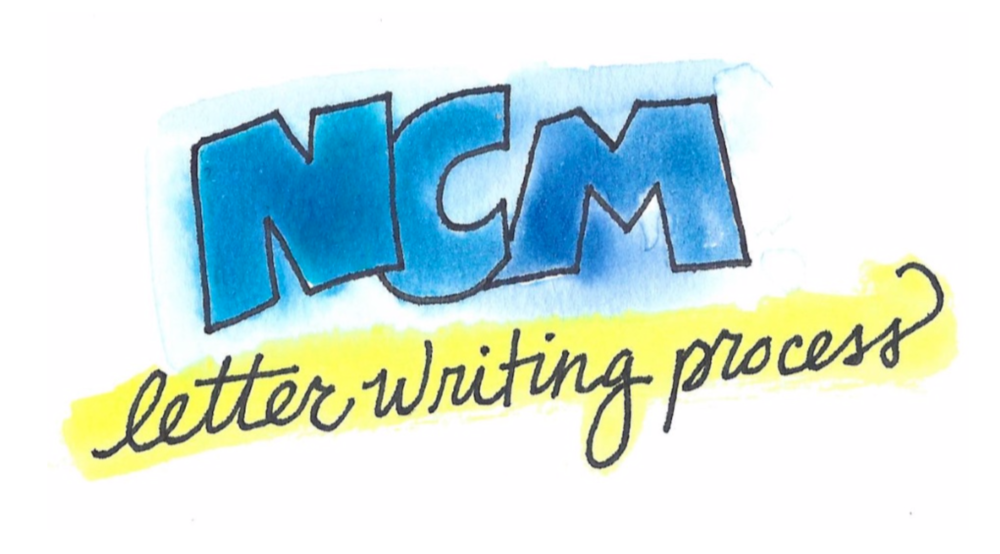
When will my sponsored child write?
What can I send with my letters?
How does my child’s letter get to me?
We wanted to help answer some of those questions, so keep reading …
When a child writes a letter
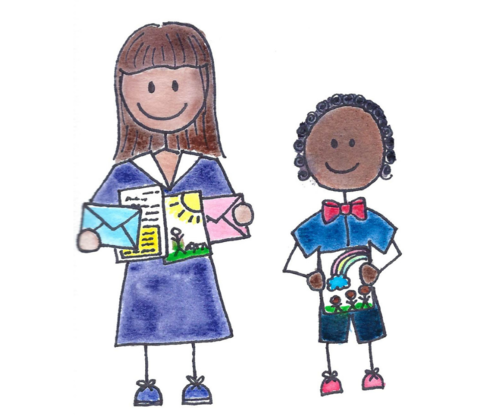
· Children who participate in child development centers are required to submit a minimum of four correspondence items per year. The items can be letters, cards, drawings, paintings, craft items, a newsletter from the CDC, a recent grade card or progress report, or a recent photo.
· Many child development centers are schools, after-school drop-in centers, day care centers, or street kid centers. Most of these will have form letters or projects that all the children will complete as a group project. This is especially helpful for children who often aren’t used to written communication.
· The letters are then collected and delivered to the field coordinator, either by hand or through the mail. In this office, they will be translated where necessary.
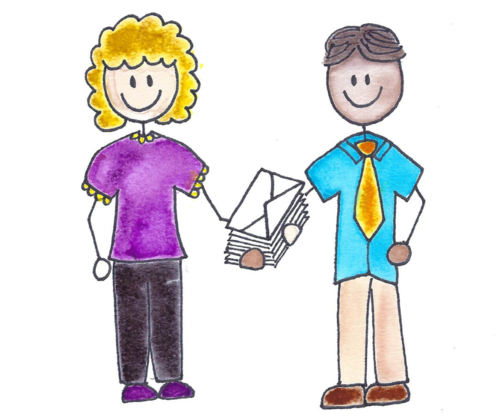
· After the letters are translated, they are scanned and uploaded to the child’s profile on the NCM database.
· After being checked again in our office, they are uploaded to each sponsor’s online portal, where the sponsor can read and download each letter. (This is an update to the fully-paper system that was in place before the COVID-19 pandemic, and this online system of receiving letters will continue in the future.) When the pandemic has ended, sponsors can look forward to receiving a physical Christmas card or other greeting from their sponsored child once a year.
· If a sponsor does not wish to access their online portal to view their sponsored child’s letters, they may request a printed copy of the scanned letters by emailing NCM.
When a sponsor writes a letter
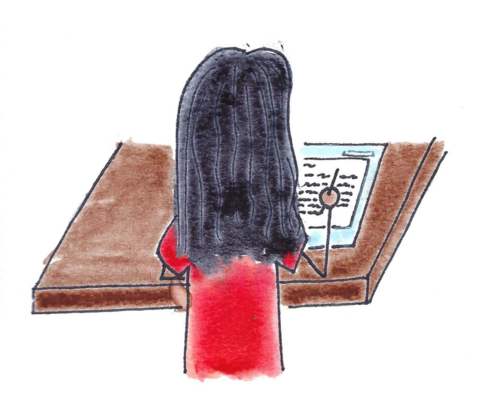
· All letters to children need the child’s NCM ID number. The first three digits are the “area code”—the CDC or program number—and the other six digits are the child’s unique number. If the number is missing, NCM staff must look it up and write it in before any next steps.
· Sponsors are asked to not include their last names or other identifying information that would enable a child to find them online. This is for the protection of the children and is part of our safety policies.
· When writing letters to their sponsored children, sponsors can use our online letter writing system, or mail a card or letter to NCM’s office in Kansas (17001 Prairie Star Parkway Lenexa, KS 66220 USA).
· Flat paper gifts—including stickers, postcards, and photos—are allowed and encouraged with correspondence and should be marked each with the child’s name and number. Coloring or story pages are also acceptable. Please limit your letters, stickers and pictures to a combined total of 8 pages or less.
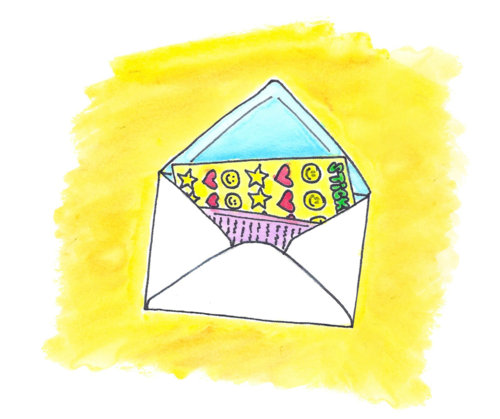
· When a letter arrives in our office, we open it and check that the child’s number is there. We also remove any mention of last names or other personal identifying information regarding the sponsor and any comments that might not be appropriate for the age of the child.
· The letters are then sorted and filed. Once a month our staff packs the sorted letters and ships to the field coordinators. (Currently, letters are not being sent to the field due to global shipping issues and child development center closures. But keep writing! When it is reliable to send mail again. and child development centers are open, all mail that has been received will be forwarded to sponsored children.)
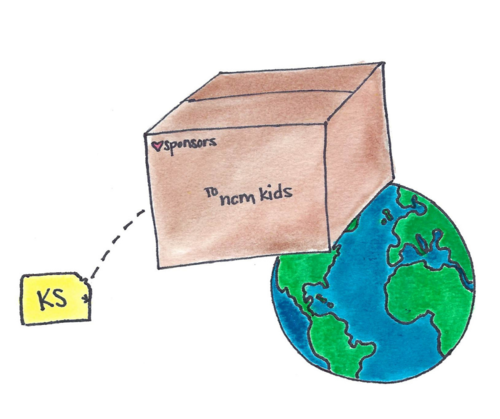
· When they reach the field (which can take anywhere from a few days to six weeks or more), the field staff will sort the letters and translate them into the appropriate languages. Some countries have more than one language, and in others, the children are able to communicate in English so no translation is necessary.
· After translation, the letters are sent to the centers and finally distributed to the children. Sponsored children treasure their letters, and often store them in a safe and special place in their home.
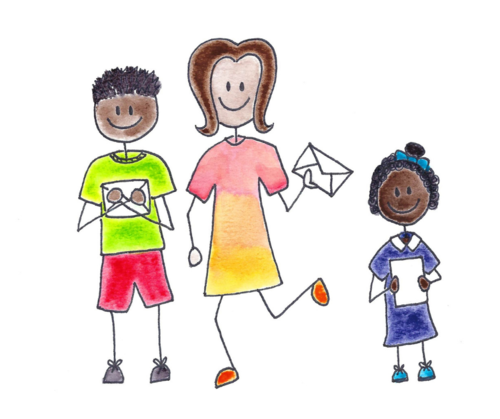
As you can see, the process of facilitating communication between you and your sponsored children is multifaceted! It is our goal to make the sponsorship experience a blessing for you and your sponsored child, and the letter system remains one of the greatest ways to do that. Thank you for your prayers and letters for your sponsored child.
Have more questions about NCM child sponsorship? Visit our website to learn more.
Illustrations by Evan Offutt, Associate Pastor at Sapulpa Church of the Nazarene and sponsor of a 7-year-old girl from the Philippines.
· Children who participate in child development centers are required to submit a minimum of four correspondence items per year. The items can be letters, cards, drawings, paintings, craft items, a newsletter from the CDC, a recent grade card or progress report, or a recent photo.
· Many child development centers are schools, after-school drop-in centers, day care centers, or street kid centers. Most of these will have form letters or projects that all the children will complete as a group project. This is especially helpful for children who often aren’t used to written communication.
· The letters are then collected and delivered to the field coordinator, either by hand or through the mail. In this office, they will be translated where necessary.






Add new comment